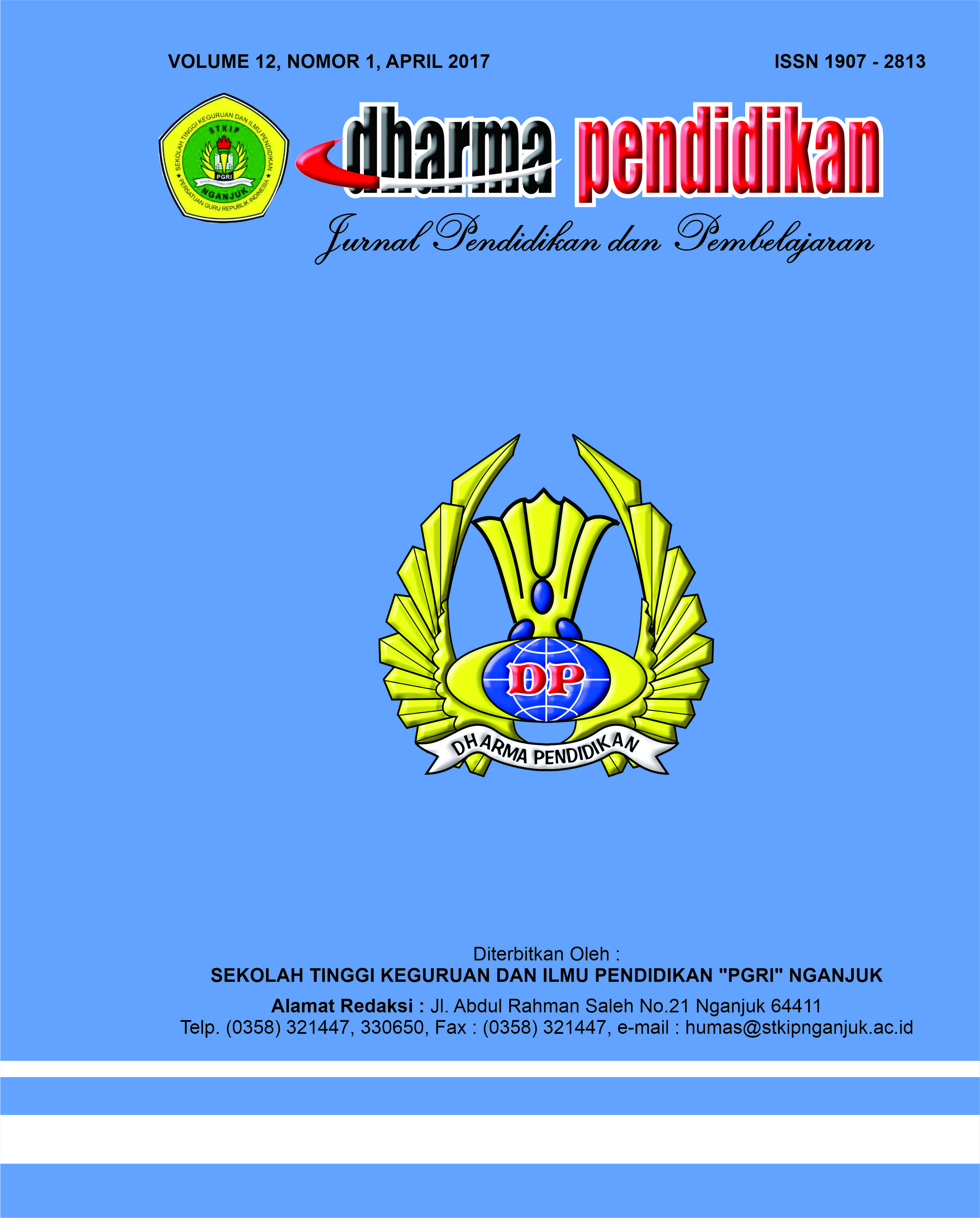The Effectiveness Of Clustering Essay Technique In Teaching Writing Viewed From Students’ Intelligence
DOI:
https://doi.org/10.69866/dp.v12i1.24Keywords:
Clustering Technique, Intelligence, Writing AbilityAbstract
This research is aimed at finding out: (1) whether or not Clustering essay Technique is more effective than conventional Technique in teaching writing; (2) whether the students who have high intelligence have better writing ability than those who have low intelligence; and (3) whether there is an interaction between teaching techniques and intelligence in teaching writing. This experimental research was carried out in SMAN I Berbek Nganjuk in the academic year of 2016/2017 from April to June 2017. The population was the eleventh grade students of in the academic year of 2016/2017, and the number of population was 168 students who were divided into four classes. The samples, which were selected by using cluster random sampling, were XI B as the experimental group and XI D as the control group. Each group consists of 42 students. The experimental group was treated by using Clustering essay Technique, while the control group was treated by using Conventional Technique. The data analysis shows the following findings: (1) Clustering essayTechnique is more effective than Conventional Technique in teaching writing; (2) students with high intelligence have better writing ability than those having low intelligence; and (3) there is an interaction between teaching techniques and intelligence in teaching writing.
Downloads
References
Barkley, Elizabeth F, Cross, K. Patricia, and Major, Claire Howell. 2005. Collaborative Learning Techniques: A Handbook for College Faculty. San Fransisco. Jossey- Bass.
Byrne, Donn. 1993. Teaching Writing ability. New York: Longman Group Ltd.
Csikszentmihalyi, M. 1996. Intelligence: Flow and the Psychology of Discovery and Invention.New York: Harper Collins.
DePorter and Hernacki. 1992. Quantum Learning. New York: Dell Publishing.
Dawson and Essid. 2010. Prewriting: Clustering. Available at http://www.writing2.richmond.edu/writing/wweb/cluster.html-4k
Faisal. 2010. The Effectiveness of Internet-based Materials to Teach Writing Viewed from the Students’ Intelligence. Thesis. Sebelas Maret University.
Farbairn, G. and Winch, C. 1996. Reading, Writing and Reasoning. Buckingham: Open University Press.
Hernowo. 2003. Quantum Writing. Bandung: Mizan Learning Center.
Kaufman, James C. and Sternberg, Robert J. 2006. The International Handbook of Intelligence.Cambridge: Cambridge University Press.
Munandar, Utami. 1999. Pengembangan Kreafititas Anak Berbakat. Jakarta: Rineka Cipta.
Munandar, Utami. 2009. Pengembangan Kreatifitas AnakuserBerbakat. Cetakan Ke-3. Jakarta: Rineka Cipta.
Downloads
Published
How to Cite
Issue
Section
License
Copyright (c) 2021 Anita Budi Rahayu

This work is licensed under a Creative Commons Attribution-ShareAlike 4.0 International License.
1. Hak cipta atas artikel apa pun dipegang oleh penulisnya.
2. Penulis memberikan jurnal, hak publikasi pertama dengan karya yang dilisensikan secara bersamaan di bawah Lisensi Atribusi Creative Commons yang memungkinkan orang lain untuk membagikan karya dengan pengakuan atas kepenulisan dan publikasi awal karya tersebut dalam jurnal ini.
3. Penulis dapat membuat pengaturan kontrak tambahan yang terpisah untuk distribusi non-eksklusif dari versi jurnal yang diterbitkan dari karya tersebut (misalnya, mempostingnya ke repositori institusional atau menerbitkannya dalam sebuah buku), dengan pengakuan dari publikasi awalnya di jurnal ini.
4. Penulis diizinkan dan didorong untuk memposting karya mereka secara online (misalnya, di repositori institusional atau di situs web mereka) sebelum dan selama proses pengiriman, karena hal itu dapat mengarah pada pertukaran yang produktif, serta kutipan yang lebih awal dan lebih besar dari karya yang diterbitkan.
5. Artikel dan materi terkait yang diterbitkan didistribusikan di bawah Lisensi Internasional Creative Commons Attribution-ShareAlike 4.0









.png)




